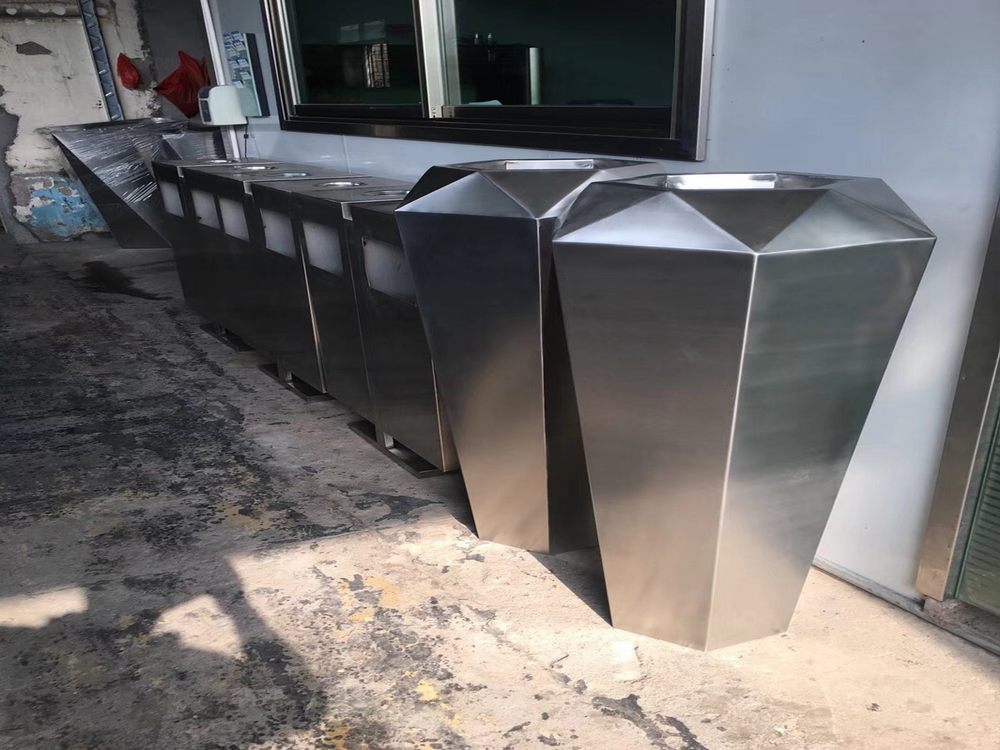
Metal sculptures have long been admired for their durability and aesthetic appeal, but the integration of digital interactivity is revolutionizing this traditional art form. By incorporating sensors, motion detectors, and LED lighting, artists can create dynamic pieces that respond to human interaction or environmental changes. For instance, kinetic metal sculptures with embedded motors can shift shapes based on audience movements, while sound-reactive installations use audio input to trigger visual effects.
Another effective method is augmented reality (AR), which allows viewers to engage with sculptures through smartphones, unlocking hidden layers of digital content. Public art installations benefit greatly from this approach, as it fosters community engagement and transforms static pieces into immersive experiences.
For a seamless blend of technology and artistry, consider using weather-resistant materials and low-energy components to ensure longevity. Whether through motion, light, or sound, digital interactivity breathes new life into metal sculptures, making them not just objects of beauty but also catalysts for connection and innovation.

